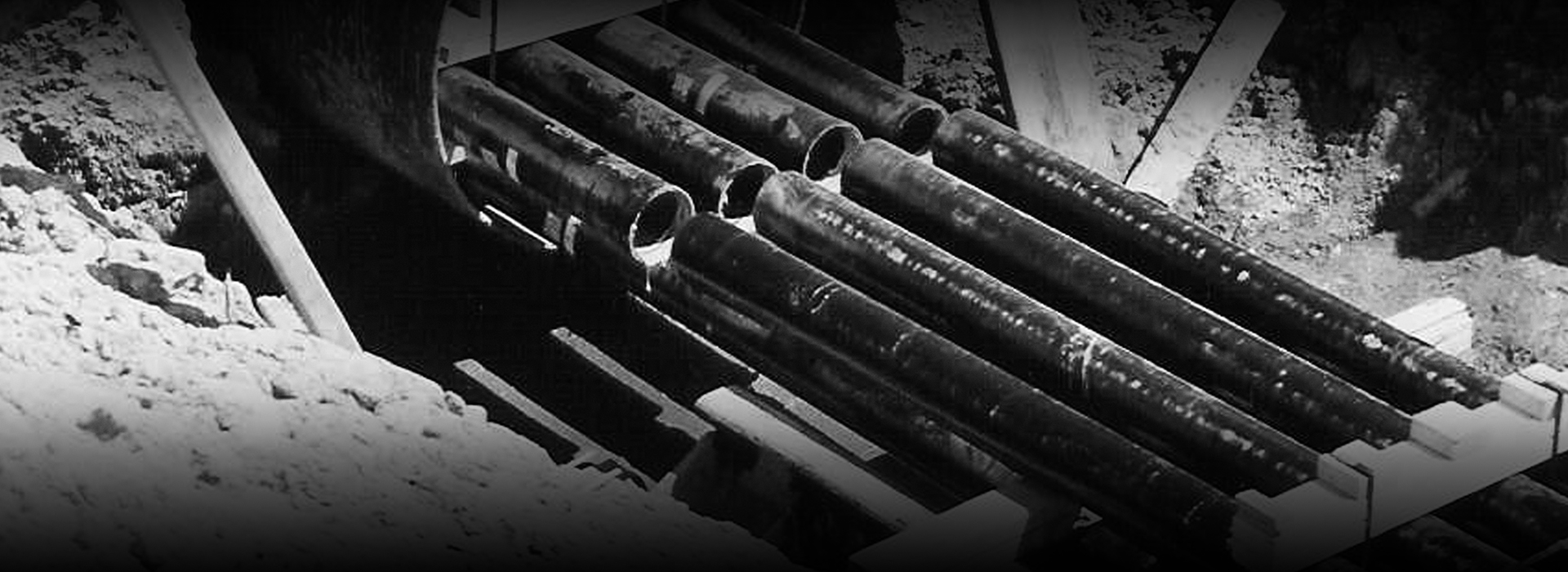Lots of power and telecommunications systems are laid out above ground. This is mainly done for economic reasons since the expenses are much lower than below ground installations. There’s very little digging involved in an above ground conduit system, and subsequent repairs to the system are much easier to implement.

There are requirements that must be met, however, and these particular requirements are why fiberglass products are becoming much more popular for conduit systems rather than PVC or coated steel. Here are some requirements that a system above ground should meet.
- Chemically inert. This means that the conduit system is impervious to many types of fuels and chemicals. That’s not just because the conduit system may contain such chemicals, but also to prevent damage from the chemicals from the outside. If it’s not resistant to chemicals, then these systems can be vulnerable to vandalism or even terrorist acts.
- Toxin-free. If it’s above ground, a conduit system shouldn’t emit any sort of chemical fume that can prove toxic to humans or even animals. This means it shouldn’t contain materials such as chlorine and halogen.
- Resistance to extreme temperatures. Conduit systems above ground are exposed to the vagaries of the weather, and so they must be able to withstand extreme temperatures brought on by snowstorms or direct exposure to the summer sun. The best fiberglass conduit systems can withstand temperatures as low as -40 degrees to 230 degrees F.
- Corrosion resistance. Any metallic conduit system has the potential to rust, and it can then weaken enough to be damaged or to emit any toxic materials it contains. Again, this is why fiberglass products are better than coated steel.
- It should look nice. Many newer neighborhoods, especially wealthier ones, prefer to install conduit systems below ground because such systems can look rather unsightly. But it should be possible to have special colors available to at least make the above ground systems look more presentable.
- This makes sure that it is a safe system that won’t pose a risk of electrocution to workers and passersby.
- Fire-resistant. Fires present a very real risk for conduit systems above the ground, so the materials should be fire-resistant to minimize or reduce the threat of fire damage.
- Easy assembly. One advantage of above ground systems is that they’re more economical to set up. One way to ensure that is to have a system that uses a simple push-fit assembly so that it’s no longer necessary to thread the joints.
- Low coefficient of friction. Having smooth inner walls keep the labor and material costs down. Longer cable pulls then become possible, and there’s no burn-through damage.
- Lightweight materials. It should be easy to carry to the worksite location so that the installation work can progress faster and safer.
Nowadays, fiberglass conduit systems have become more popular because they meet all these requirements quite admirably. They’re now regarded as a much better option than PVC or coated steel.
